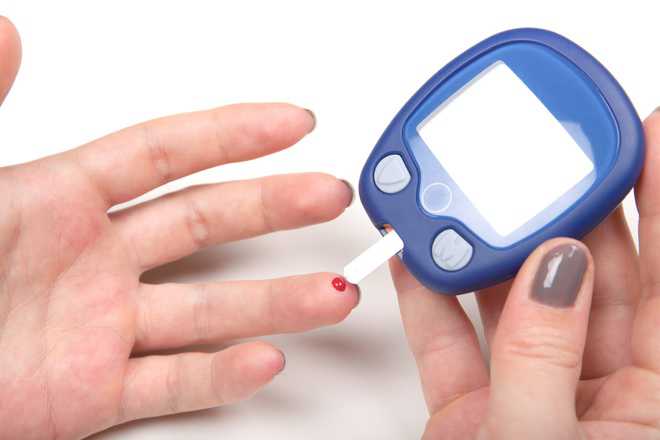
Gene variation in 15% of Indian, other South Asians; risk of metabolic diseases high, shows study
Chennai, January 31
An IIT Madras-led international research team has identified a gene protein variation among Indians and other South Asians that increases the risk of diabetes, heart attacks and hypertension. The team on Monday said this variation was present in approximately 15 per cent of the population.
The researchers found that people carrying this variant are 1.5 times more likely to have hypertension, type-2 diabetes, and coronary artery disease.
“This combination could account for higher prevalence of metabolic diseases among Indians and other South Asians,” the researchers said.
“South Asians are at greater risk of cardiovascular and metabolic diseases. Besides environmental factors, our genetic architecture is believed to be responsible for this observation,” said professor Nitish Mahapatra. However, the key genetic variants that enhance the disease risk remain poorly understood, he said.
“Our study identified one key genetic risk factor for cardio-metabolic diseases. We discovered the molecular basis for the enhanced disease risk in people who carry this mutation in their genomes,” he said and explained about the findings. The study has implications in the area of diagnostics and personalised medicine and the research findings may help in identifying individuals, who may be susceptible to type 2 diabetes, at an earlier stage before the onset of disease because the genetic make-up mostly remains unchanged throughout life.
“This should be particularly useful for people with a family history of cardiovascular and metabolic diseases for preventive healthcare and better management of disease,” he said in a press release here.
The sequencing of the gene responsible for CHGA (chromogranin A) protein showed that several variants exist for pancreastatin which is a small part (peptide) of a protein called chromogranin A that is found in mammals and humans. It exerts important physiological effects, mostly with respect to insulin release and inhibits the release of insulin in the body in response to blood glucose/glucagon and drugs like sulphonylurea. It inhibits insulin-induced uptake of glucose by certain cells thereby contributing to insulin resistance. This peptide is also shown to enhance glucose synthesis from non-carbohydrate sources in the liver.
The results of the study were published online.
Stay connected with us on social media platform for instant update click here to join our Twitter, & Facebook
We are now on Telegram. Click here to join our channel (@TechiUpdate) and stay updated with the latest Technology headlines.
For all the latest Health News Click Here
For the latest news and updates, follow us on Google News.

